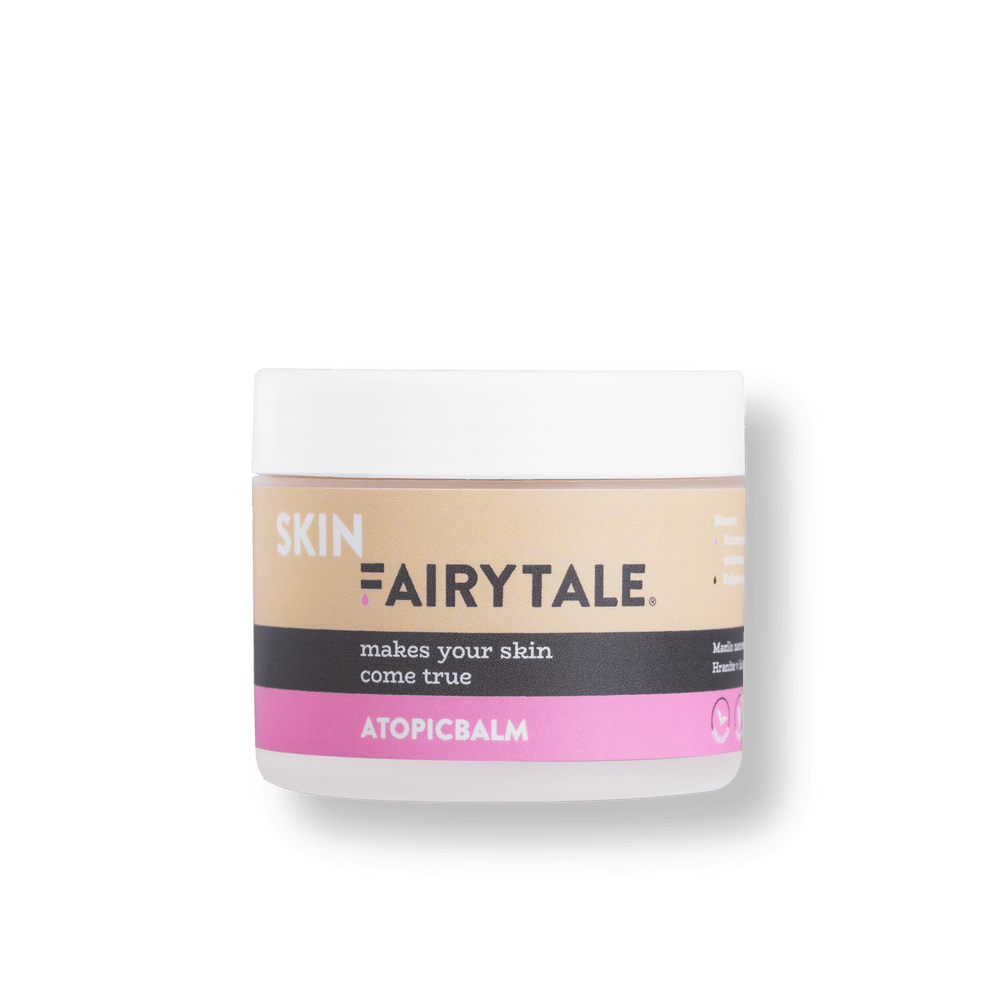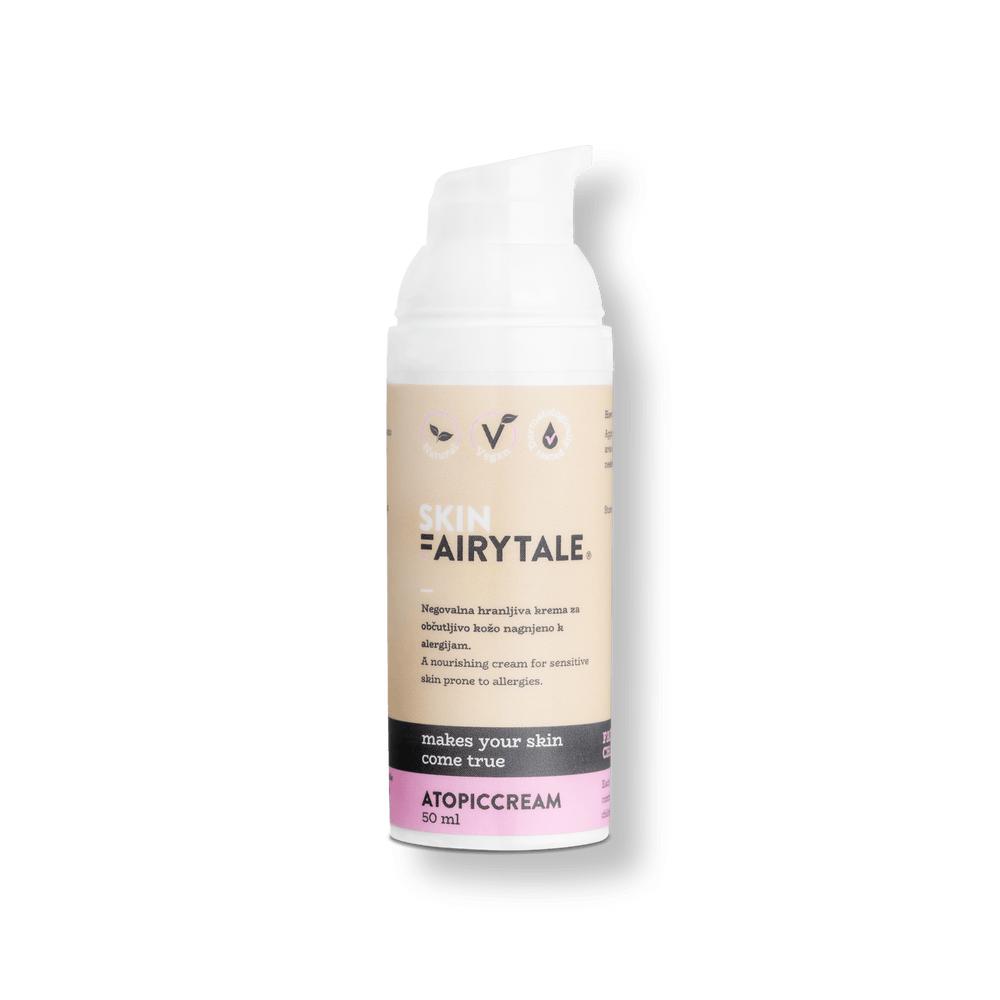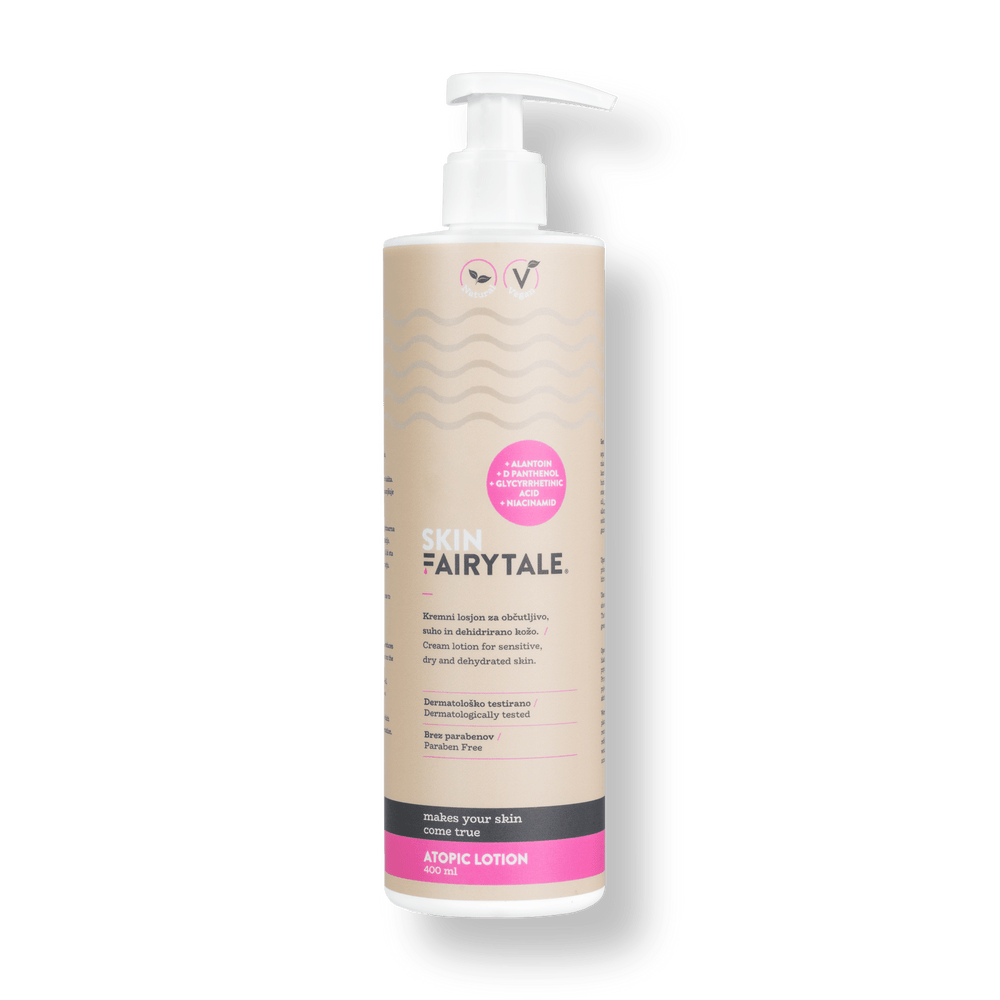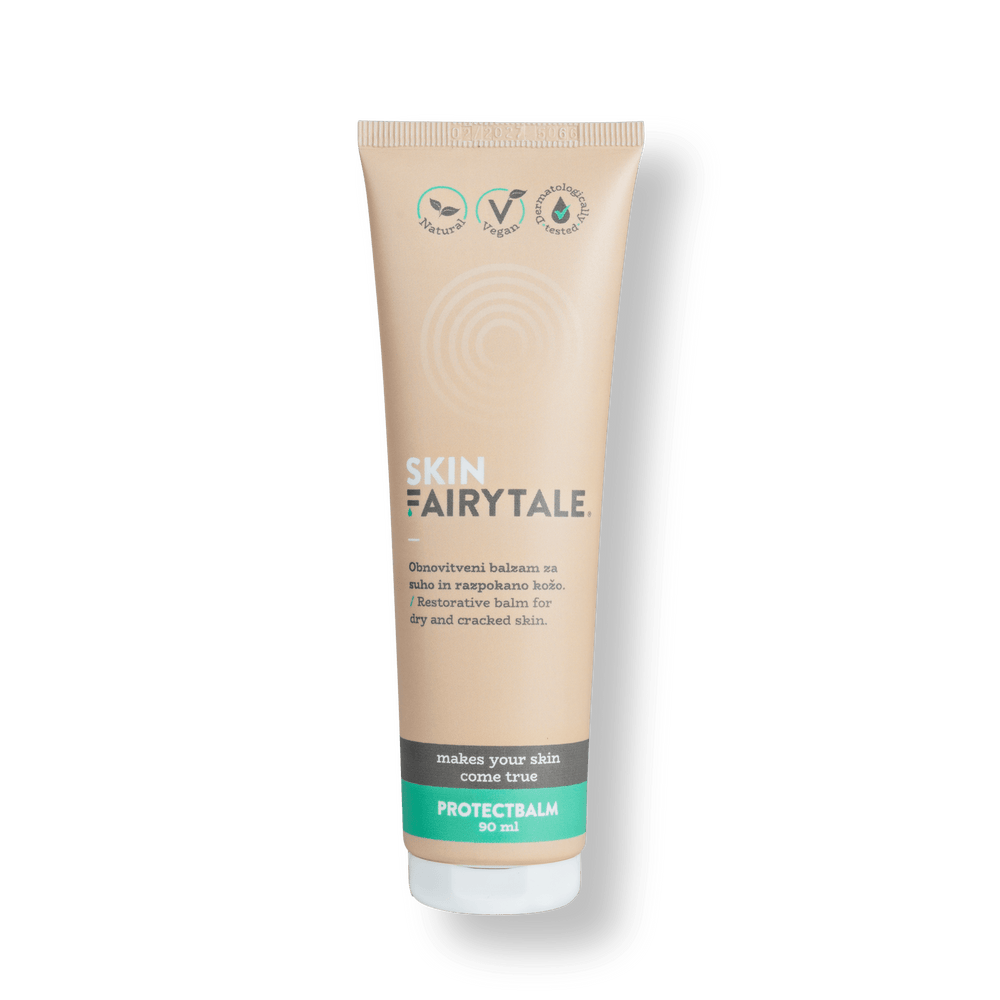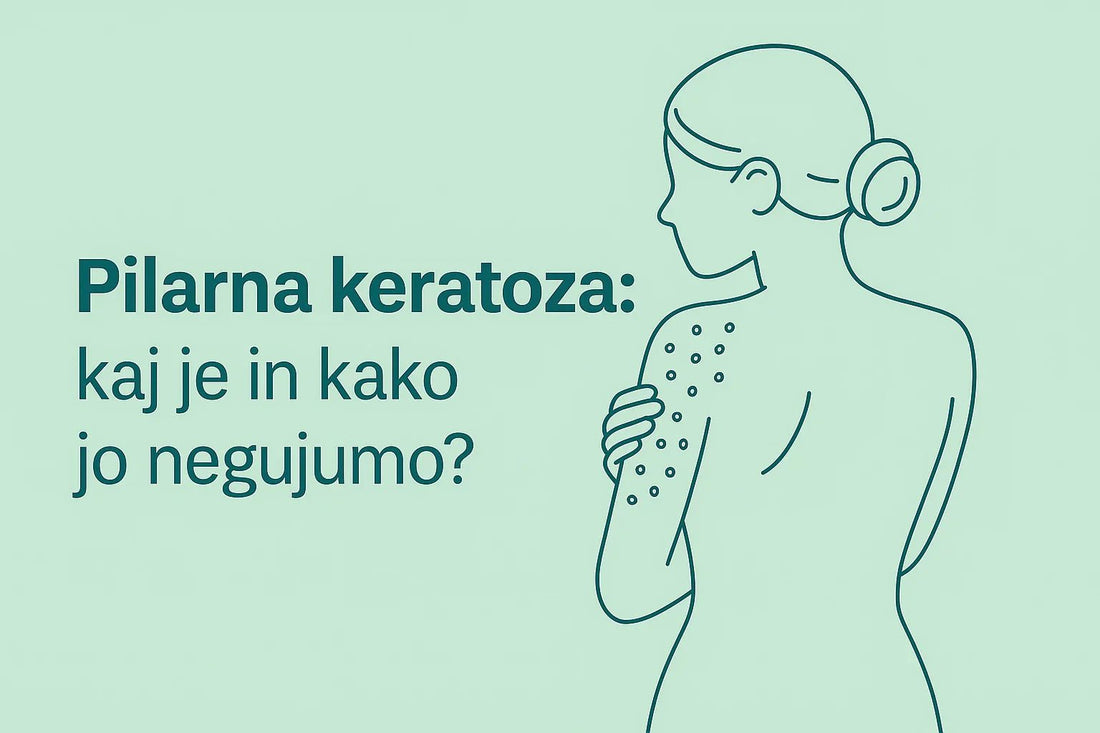
Have you ever heard of KERATOSIS PILARIS, a dermatological condition that affects 42% of the world's population? Among them, there is still an extremely large number of those who do not recognize their skin condition.
Please don't be alarmed if, while reading this article, you realize that you or one of your family members has this problem, let me comfort you that it is not a harmful skin condition.
WHAT IS KERATOSIS PILLAR?
It is a completely harmless skin phenomenon that can appear as small, tiny bumps, spots and resemble chickenpox, tiny pimples. They most often appear on the upper arms, back and thighs. They appear less often on the buttocks, torso, distal parts of the limbs. Regardless of the type, shape of the bump (these can range from pink to reddish bumps on the cheeks, to red bumps that are not inflamed and bumps that resemble pimples and are inflamed, red), these are clogged pores, where the skin cells inside the pore have hardened, and inflammation has also erupted.
They occur equally frequently in adolescents and young adults. In a mild form, it is estimated that as many as 40% of the child population has it, up to 50% during puberty, and up to 50% of young women, for example.
Unfortunately, there are no medications yet for this type of dermatosis, but there are products that significantly improve the condition.
CAUSES OF KERATOSIS PILARY
The clear cause of the condition is still unknown. The prevailing opinion is that it is a genetic disorder of keratinization, linked to disorders in the hair follicles, defects in keratinocytes, and even changes in hormone levels. Despite all the research and studies, a clear cause has not yet been identified.
APPEARANCE OF THE SKIN IN KERATOSIS PILLAR
It usually does not cause any prior symptoms and is discovered incidentally during a clinical examination. A visit to a dermatologist is not necessary, except in the case of a widespread form of the disease with an inflammatory condition.
- The bumps appear singly or in groups.
- Evenly distributed or monomorphic.
- The skin feels like a scraper (rough).
- Depending on the type of bumps (papules), they may be irritated, inflamed, red, or swollen.
- Itchy, dry skin.
- No pain.

Appearance of KERATOSIS PILAR
WHEN IS KERATOSIS PILARIS MOST PROMINENT?
In winter. Due to low outside temperatures and the resulting drying of the skin, and the friction of winter clothing with the skin. In summer, the changes are milder.
KERATOSIS PILARY AND CONNECTION WITH OTHER DISEASES
Often seen and confirmed in as many as 50% of patients with atopic dermatitis. The disease can also be one of the minor signs of atopic dermatitis. It also occurs more often in children with Down syndrome (10%), in patients with obesity, type 1 diabetes, with a state of malnutrition and others.
HOW DO WE TREAT KERATOSIS PILAR?
With age, PK slowly improves without any specific treatment. Often, a visit to a dermatologist is not necessary. In most cases, the condition does not bother individuals, but children who are also affected by the dermatological condition of atopic dermatitis can be a problem. Regular skin care with oily care ointments that moisturize and soothe the skin, without adding any additional burden to its composition (clogging pores), is extremely important.
It is extremely important to properly explain dermatosis to individuals and educate them about the importance of proper skin care and hygiene, as this is extremely important for improving the condition.

Measures to prevent dry skin.
- Care products without synthetic soaps.
- Avoiding hot baths or showers with too hot water.
- Use chemical peels (AHA/glycolic acid, BHA/salicylic acid). Avoid coarse particles.
- Topical products containing lactic acid, urea, salicylic acid (help soften and smooth out bumps, but do not eliminate the condition).
- Use of oily ointments in infants and children up to two years of age.
- Children over two years of age, preparations with the addition of 2 to 5% urea.
- In children over five years of age, preparations with a low keratolytic value (e.g. 5% salicylic acid).
- In severe conditions, short-term use of mild corticosteroids.
- Clothing made of materials that are breathable and skin-friendly.
- Healthy diet (absence of gluten)
In our offer you can care for, protect and restore KERATOSIS PILAR with AtopicCream or AtopicLotion , which also contains anti-inflammatory ingredients. If your skin needs additional care, you can also use it after applying a moisturizing product such as AtopicLotion or AtopicCream. ProtectBalm , which will protect the moisturizing ingredients and soften the skin. In addition to regular care, we at SkinFairytale advise you to avoid products with gluten, which we can also confirm is effective for KERATOSIS PILAR.



We are always available for any advice and help. If you recognize yourself in a possible dermatological problem, we will be happy to advise you to the best of our ability.
Maham, Monika CEO, author of the award-winning blog of 2018 in the category of best Slovenian beauty blog of 2018/ Sugarlove blog .



